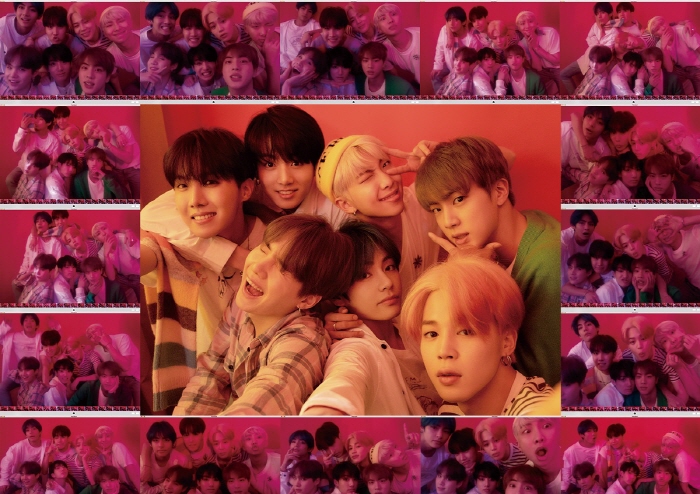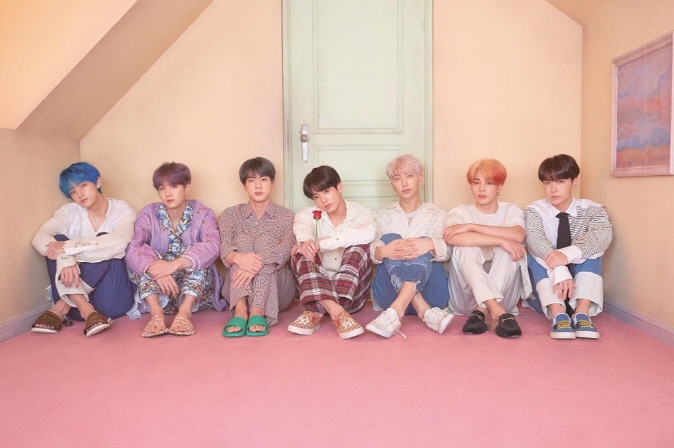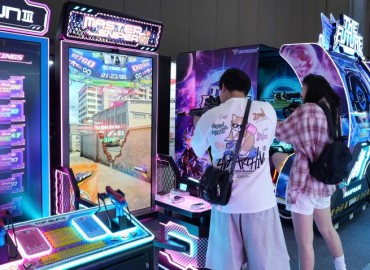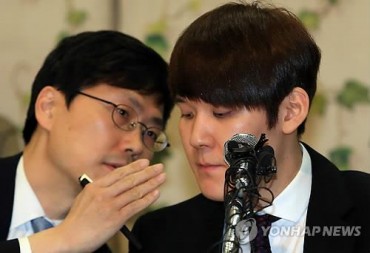SEOUL, Apr. 9 (Korea Bizwire) — When globally loved K-pop boy band BTS announced last month the title of its highly anticipated new album set for release this week, fans were thrilled, having been recommended a book with the same title from the band three months ago.
The Korean version of the book “Jung’s Map of the Soul,” an introductory work to the principles of Swiss psychiatrist Carl Jung’s analytical psychology, went on sale on the online BTS merchandise shopping mall, Big Hit Shop, in December as part of the recommended reading list for BTS fans.
When the title of BTS’ new album was announced to be “Map of the Soul: Persona” in mid-March, fans immediately knew that Jung’s psychological theory centering on the concept of “persona,” a consciously created personality or identity, will be the leading theme of BTS’ new album.
Having completed nearly two years of the sensationally successful discographic journey with its “Love Yourself” album trilogy, BTS sets out on a new odyssey, releasing worldwide on Friday what is to be the opener of its new “Map of the Soul” album series.
BTS has not given any official description of the upcoming album yet, but the album’s three-minute intro track, “Persona,” dropped through YouTube in late March, provided a rare insight of how Jung’s concepts would shape the narrative of the new album series.
“‘Who am I’ the question I had my whole life, the question which I probably won’t find an answer to my whole life,” the intro hip-hop track by team leader RM starts as he explores his shaking identity.
“I dreamt of becoming a superhero. Now it feels like I really became one,” RM says of his persona or his public mask as an accomplished star, before admitting to his “shadow,” another concept by Jung, which indicates the repressed, hidden personality.
“Someone like me ain’t good enough for music. Someone like me ain’t good enough for truth,” RM raps before breaking the perplexing division in efforts to reach his true self.
“Dream myself. You must never lose your temperature,” RM says, calling it “the barometer” of his direction to follow.
Persona and shadow are two contradicting shades of one’s ego in Jung’s psychoanalysis, and the three concepts feature prominently in the new BTS album as seen written on the classroom blackboard in the first scene of the “Persona” music video.
The self-exploratory theme of the upcoming album is still a continuation from the previous “Love Yourself” series’ focus on oneself and acceptance but drives the discourse deeper into efforts to find the true identity with the guidance from Jung.
It was also the overriding idea behind the band’s acclaimed speech during a United Nations General Assembly session in September last year, where RM, whose real name is Kim Nam-joon, urged youth to “speak yourself” and “find your name and voice.”
Murray Stein, the author of “Jung’s Map of the Soul,” reacted to the U.N. speech and BTS’ upcoming album concept in a recent podcast hosted by podcast creator Laura London last month.
“I was quite impressed with Kim Nam Joon. … He kept the distinction carefully between who he was as a boy growing up in a small village outside of Seoul and who he is publicly and famously now,” Stein said of the U.N. speech.
“If he were to identify with that role (as a star) totally, he would lose contact with himself, with the boy he was, with the human being that he is. He would be ungrounded.
“What Jung has to offer in this century is a vision of wholeness and a vision of integrity and human rights, that it would be so valuable for people all over the world to come into contact with and to study and to integrate into their daily life,” he noted.
“It gives us inner guidance and, really, it has emphasis on the sacredness of the individual and the importance of the individual to take responsibility for the planet and for the world,” according to Stein.
As the U.N. speech showed RM’s vision to enshrine his untamed identity as a boy, the “Map of the Soul” is also a throwback to BTS’ early days when the band struggled to rise from obscurity.
Written alongside the three Jung concepts on the blackboard in the “Persona” music video were also “dream, love, happiness,” the themes running through BTS’ 2013 and 2014 songs “No More Dreams,” “N.O” and “Skool Luv Affair.”
As if proving that point, the computer-created opening image of the “Persona” music video was recycled from the music video of “Skool Luv Affair.”
The band’s management agency Big Hit has also said “Persona” was created with resampled beats from “Skool Luv Affair,” the intro of BTS’ 2014 album with the same title.
Those symbols and metaphors, which the upcoming album is rich of, put BTS fans in a craze for reading and interpreting Jung ahead of the album’s official release set for Friday evening.
The Korean version of Stein’s book has sold nearly 10,000 copies this year so far, nearly four times what it had sold over the past three years.
Adding to the prerelease enthusiasm, Big Hit released the full track list of “Map of the Soul: Persona” on Tuesday.
Led by the lead track “Boy with Luv” featuring young American diva Halsey, the album has seven tracks, including “Mikrokosmos,” “Make It Right,” Home,” “Jamais Vu” and “Dionysus.”
(Yonhap)








